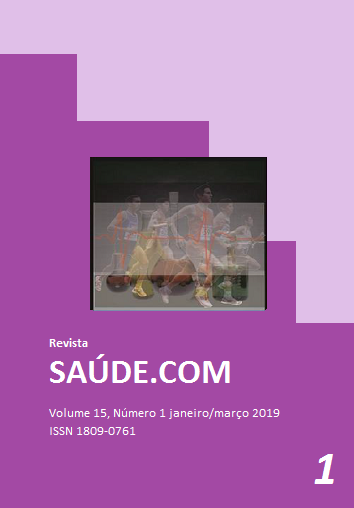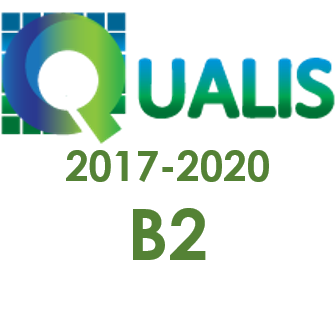Português
DOI:
https://doi.org/10.22481/rsc.v15i1.4307Palabras clave:
contaminação cruzada, comércio, Staphylococcus, Candida e EnterobactériasResumen
Money is perhaps the most exchanged article by people around the world serving as a reservoir of microorganisms that can be transmitted among the population. The aim of the present study was to analyze the contamination of circulating monetary banknotes in a free fair in the interior of Bahia by species of clinical relevance such as Enterobacteria, Staphylococcus spp. and Candida species, in addition to analyzing general contamination. Samples were collected from the surfaces of 50 banknotes in circulation at the fair. The samples were identified and sent to the laboratory, where they were agitated obtaining an initial suspension and from that were made decimals diluted in duplicate in Petri dishes containing blood agar, Agar Sabouraud Dextrose with chloramphenicol, salt Mannitol Agar and MacConkey Agar. Plates were incubated at 37 ° C / 24h (5 days at room temperature for fungi growth). The results obtained in CFU / mL were analyzed by the ANOVA statistical test (5%). It was concluded that in the monetary banknotes, samples of all interest microorganisms in the study were collected and that there is a need for the implementation of public policies to minimize the contamination of the bills emphasizing the good habits of personal hygiene among the population.







